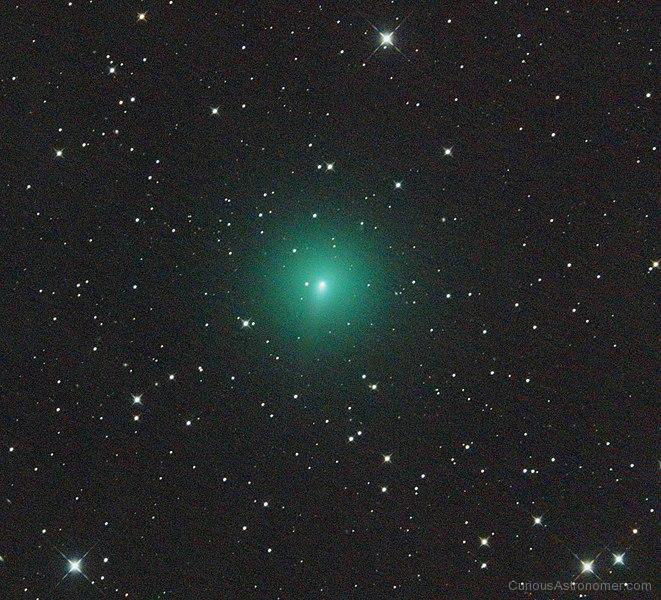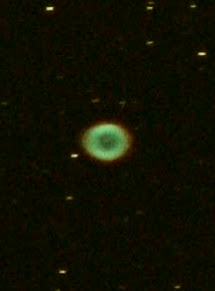The picture you see here is C/2019 Y4 (ATLAS), or Comet ATLAS which is a comet with a near-parabolic orbit. Comet ATLAS was first discovered just last year by the ATLAS survey on December 28th 2019. However, around April 2, 2020, Comet ATLAS broke up into 4 pieces and lost some luminosity as a result. The photo was taken on April 13th 2020 from Grand Haven, Michigan USA from Amateur Astronomer Jeramie Curtice.
The exact size of Comet ATLAS before fragmenting was never exactly established. However, most comets are usually only a few miles across; smaller if they break up. You’ve probably heard many false rumors that this comet is the size of Jupiter. That couldn’t be further from the truth.
What is true however, is the Coma (not the Comet itself) is 5 times bigger than Jupiter and half the size of the sun. The coma of a comet is simply mostly gas vaporizing from it as it nears the sun. This releases a windshield-like greenish color in front of the comet as it warms up. The green color is caused from 2 main carbon gasses interacting with UV light as it gets closer to the sun. Cyanide/cyanogen (CN: a carbon-nitrogen bond) and diatomic carbon (C2: a carbon-carbon bond).
This coma was measured to be about 447,387 miles across(720,000 km). This is half the size of the Sun’s diameter at 865,370 miles (1,392,678) but five times larger than Jupiter’s diameter of 86,881 miles (139,821 km). So try not to get the coma (gas and dust) size confused with the actual size of the comet solid material itself.
If you are curious to know, “what exactly are comets?” just click that link to learn more. I wrote an article about them a few weeks back.
About the Comet ATLAS Picture
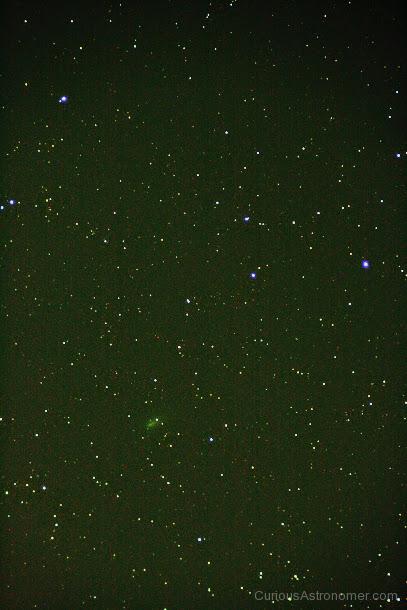
Discovered: December 28, 2019
Aphelion: 2,038′ 0″
Discovered by: Asteroid Terrestrial-impact Last Alert System
Orbits: Sun
Earth MOID: 0.63 AU (94,000,000 km)
History of Comet ATLAS
Comet ATLAS was discovered on CCD images taken on 28 December 2019, with a 0.5 m (20 in) reflecting telescope located at Mauna Loa in Hawaii. The first photos of comet ATLAS were taken as part of the Asteroid Terrestrial-impact Last Alert System also known as ATLAS. Hence the name Comet ATLAS. At the time of its discovery, the comet shone at magnitude 19.6 in the constellation Ursa Major as viewed from Earth.
Larry Denneau was the first to identify the object’s distinguishable appearance, nominating the object on the Minor Planet Center’s Possible Comet Confirmation list. This later urged other astronomers across the globe to point their telescopes to the same location for a peek themselves. These additional observations over many days identified a coma followed by a comet tail.
It’s interesting to note as well that this comet was last witnessed by humans around the time the Egyptians were building the pyramids. Many ancient civilizations would have had the opportunity to witness this in person with the naked eye at that time.

Constellation where Comet ATLAS lies today
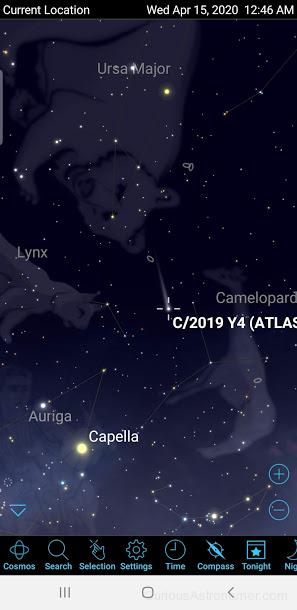
Comet ATLAS is always on the move but currently between Lynx and Camelopardalis constellations but already beyond Ursa Major.
Exact Location
Object: C/2019 Y4 (ATLAS) [live tracker]
Right Asc: 06h 33m 07.5s Decl: 66° 20′ 12.0″ (J2000) [HMS|Dec]
Magnitude: 9.81 Altitude: 62° Solar Elongation: 75.8°
as of April 15th, 2020 4:19pm EST.
Group for this object
Asteroid Terrestrial-impact Last Alert System ATLAS Objects
Comet ATLAS Photography Equipment
Taken April 13 2020 at 11:26 pm using a Meade 5in refactor 120mm X 700mm telescope and a Canon EOS DIGITAL REBEL XS 30s exposure at ISO 1600 single image.
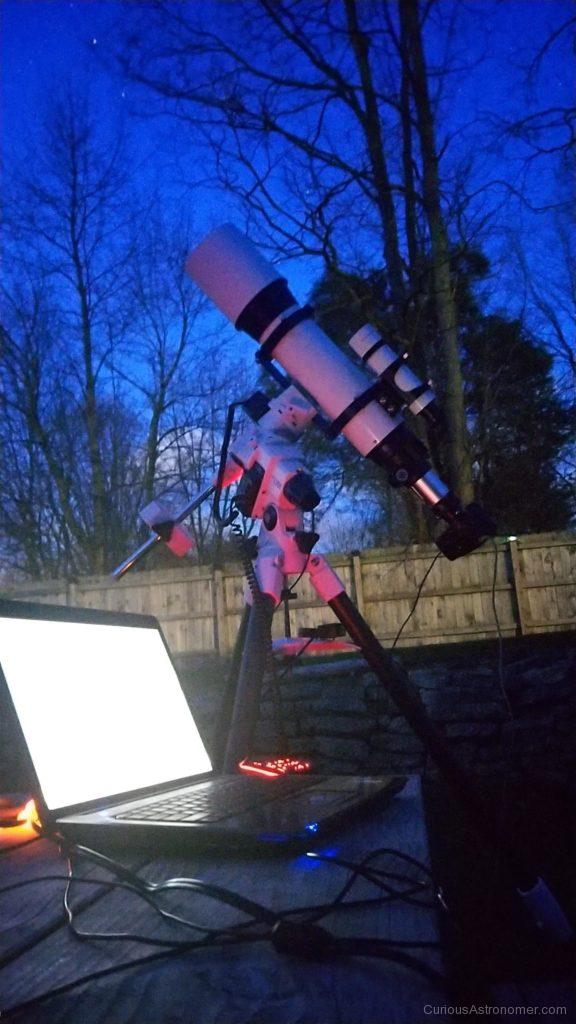
Other photos of the Comet ATLAS from additional sources.
